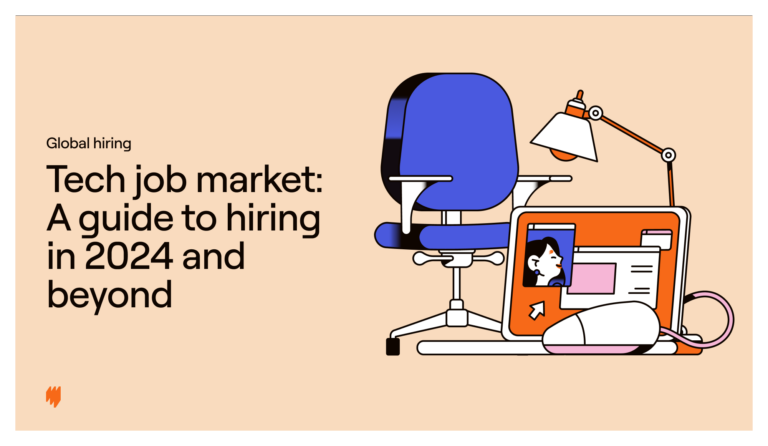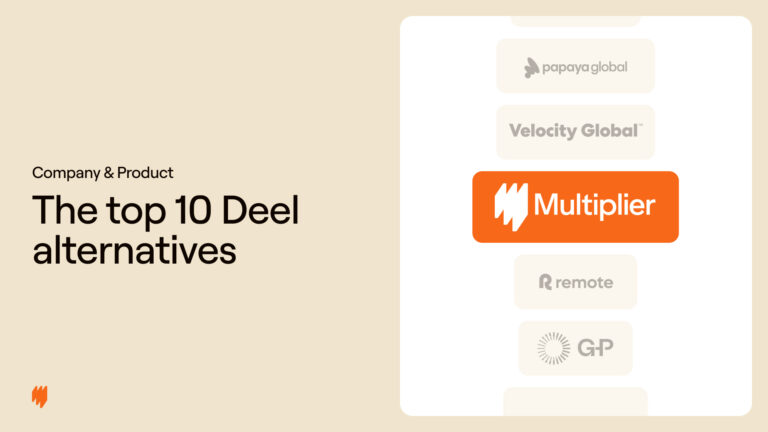A wealth of underutilized talent often goes unseen, struggling with numerous barriers that restrict or limit their access to employment.
A distributed work model, which can include remote, hybrid, or global teams, removes these barriers, giving employees access to opportunities and employers access to the skills they desperately need.
In this article, we’ll review the challenges unseen job seekers face, explore how distributed teams can help, and look at the technology that makes a distributed workforce possible.
Unseen and underemployed
Korn Ferry reports that 85 million jobs could go unfilled worldwide by 2030. But there’s a treasure trove of untapped potential that could alleviate this situation.
In the U.S. alone, approximately 27 million people are classified as hidden or underemployed workers. They’re qualified and able to work but struggle to find secure employment due to disabilities, caregiving, and other unique challenges.
Here we explore their issues in more detail.
Family caregivers
One of the most significant obstacles for hidden workers is family caregiving.
A staggering 41% of adults actively looking for work are responsible for at least one child. The disparity is even more striking when viewed through a gender lens. 66% of women are not seeking employment due to situational or systemic reasons, such as
- Lack of childcare
- Responsibility for elderly or sick family members
- Inflexible work schedules
Veterans
Veterans also face significant hurdles in finding employment after they’re discharged from the military. Nearly 200,000 veterans transition to civilian life each year, but only one in four have a job lined up upon their exit.
Despite possessing a plethora of skills, many veterans struggle to translate their military experience into civilian resumes or lack the formal degrees or certifications to verify their knowledge.
Personal disabilities
An estimated 10 million people report being unable to find work due to personal injury, illness, or disability. Traditional office spaces often create accessibility challenges for workers with disabilities, and not every company has the budget to update their offices.
These physical barriers, combined with a lack of necessary accommodations, can make it difficult for individuals with disabilities to participate fully in the workforce.
Those who simply can’t find employment
Beyond the challenges faced by specific groups, a significant portion of the general population is struggling to find jobs. 67.7% of job seekers report difficulty in securing employment.
Many job seekers face obstacles from a lack of opportunities and mismatched skills to dealing with the highly competitive nature of the job market. These challenges can lead to prolonged periods of unemployment and financial strain.
The issue transcends demographics and impacts individuals from various backgrounds and skill levels. Understanding and addressing the barriers that prevent people from finding employment is crucial for creating a more inclusive job market.
Making work more accessible
Distributed global teams, whether remote or hybrid, make work more accessible.
These new work models have redefined traditional employment by allowing individuals to work from locations outside the conventional office; this flexibility is particularly beneficial for those with limited access to in-person job opportunities.
51% of women and 37% of men state that remote work has made it easier to get work done and manage their personal lives. Remote and hybrid work empowers them to manage their caregiving duties more effectively, providing a balanced approach to personal and professional commitments.
Remote work has also allowed veterans to re-enter the workforce from the comfort of their homes. They can also crossover into new careers, particularly those where not having a degree isn’t a setback.
For individuals with disabilities, remote work eliminates many physical barriers associated with the traditional workplace. They can work at home or in environments already tailored to their specific needs.
Employers, in turn, benefit from a more extensive and diverse candidate pool, allowing them to find the best fit for their organization.
How technology supports distributed work
Technology plays a crucial role in making work more accessible and inclusive, particularly for distributed teams.
By utilizing advanced communication tools, digital accessibility features, and Employers of Record (EORs) for global workforce management, you can create a supportive work environment for all employees.
Communication tools
Effective communication is essential for the success of any team, and distributed teams are no exception. Tools like Zoom, Microsoft Teams, and Google Meet enable face-to-face meetings, ensuring team members can interact and collaborate in real time, regardless of location.
Meanwhile, Slack and other instant messaging apps facilitate quick communication, allowing team members to stay connected throughout the day. These tools ensure that everyone remains engaged and informed, promoting a cohesive and productive work environment.
Accessibility tools
Digital accessibility features ensure workers with disabilities can fully participate in the workplace. Software like JAWS and NVDA allow visually impaired individuals to convert text to speech, making it easier for them to navigate and interact with digital content.
For professionals with mobility impairments, voice recognition and eye-tracking features enable them to control their computers using their voice or the movement of their eyes. These technologies empower individuals with disabilities to perform their jobs effectively and independently.
Using EOR for global workforce management
Employing an EOR allows companies to hire and manage teams from wherever they are located without needing to establish a local entity. This means they can access individuals with in-demand skills worldwide and open up opportunities for job seekers.
An EOR solution encompasses the HR functions you need to manage a globally distributed team. This includes:
- Payroll: Ensuring timely and accurate salary payments across different regions.
- Taxes: Navigating complex tax regulations and ensuring compliance with local tax laws.
- Employee agreements: Drafting and maintaining employment contracts that comply with local labor laws.
- Leave management: Tracking and managing employee leave in accordance with local laws and company policies.
- Employee benefits: Managing employee benefits packages tailored to local standards and expectations.
- Performance management: Having a performance management system that helps you track the growth and development of a global team.
By leveraging an EOR, you can streamline focus on company growth, knowing that the administrative side of your global workforce management is being handled efficiently and compliantly.
Unlock the potential of what distributed teams can do for your business. With Multiplier’s EOR, you can onboard, manage, and support your staff wherever they are.

Beth Longman
Content Writer
Beth Longman is a content writer at Multiplier. With extensive experience in SaaS, she combines data with storytelling to create engaging pieces.





